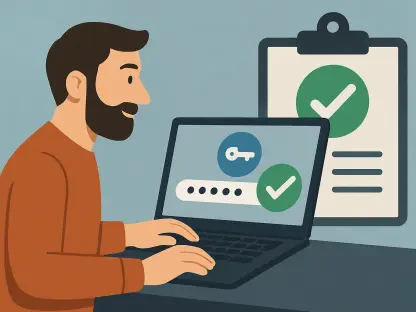Teledyne LeCroy has introduced the QualiPHY 2 automated compliance test framework for oscilloscopes, aimed at facilitating the often arduous task of ensuring compliance with various high-speed serial standards. The QualiPHY 2 software boasts specific modules such as QPHY2-USB4-TX-RX and QPHY2-PCIE6-TX-RX, designed to automate transmitter (Tx) and receiver (Rx) testing for critical standards like USB4 Version 2.0 (including Thunderbolt 5) and PCI Express 6.0. Over the next year, the framework will extend its support to even more standards, including DisplayPort 2.1, USB 3.2, HDMI 2.1, and DDR5. This innovation is particularly timely, given that compliance testing for these high-speed standards is both costly and time-consuming, with each new generation adding more tests, thus creating bottlenecks in product validation processes. Laboratory inefficiencies, such as lengthy wait times for oscilloscope captures and equipment calibration issues, exacerbate these challenges, often necessitating the use of external labs. These external services further increase both cost and lead time, rendering compliance testing not only a technical challenge but also a logistical one.
New Software Capabilities
Addressing these inefficiencies head-on, Teledyne LeCroy’s QualiPHY 2 framework introduces the QPHY2-PC offline compliance test software. This software offers the ability to run compliance tests on a PC using pre-captured data. Such a feature significantly reduces bottlenecks in compliance testing protocols, accelerating the validation process. Hence, engineers can now perform these tasks in a much more flexible and efficient manner, freeing up critical equipment and lab time for other tasks. The software’s offline capabilities are particularly advantageous, providing the ability to conduct tests without the constraints of real-time data acquisition from oscilloscopes. This is a crucial development for laboratories where the high demand for equipment often results in scheduling conflicts and delayed projects. By shifting some of the compliance testing workload offline, the industry can expedite the validation stage, allowing for quicker time-to-market for new products.
Furthermore, the extended support for emerging high-speed standards under the QualiPHY 2 framework will be instrumental in enabling seamless transitions between different generations of technology. As standards like USB4 Version 2.0, PCI Express 6.0, and upcoming versions of DisplayPort, HDMI, and DDR continuously evolve, the ability to adapt to new compliance requirements efficiently becomes indispensable. Incorporating automation into these processes not only ensures accuracy but also mitigates the risk of human error, a common concern in manual testing scenarios. Developers thus stand to benefit from a more reliable and consistent testing environment.
The Trend Towards Automation
Teledyne LeCroy has rolled out the QualiPHY 2, an automated compliance test framework for oscilloscopes, simplifying the tricky task of adhering to high-speed serial standards. The software includes modules like QPHY2-USB4-TX-RX and QPHY2-PCIE6-TX-RX, which automate transmitter (Tx) and receiver (Rx) testing for essential standards such as USB4 Version 2.0 (including Thunderbolt 5) and PCI Express 6.0. Looking ahead, the framework plans to broaden its support to other standards, including DisplayPort 2.1, USB 3.2, HDMI 2.1, and DDR5. This innovation is timely, as compliance testing for these high-speed standards is costly and time-consuming. As each generation of standards introduces more tests, bottlenecks in product validation processes frequently occur. Laboratory inefficiencies, like long wait times for oscilloscope captures and equipment calibration problems, worsen these challenges. Often, companies resort to external labs, adding to costs and wait times, making compliance testing both a technical and logistical headache.









